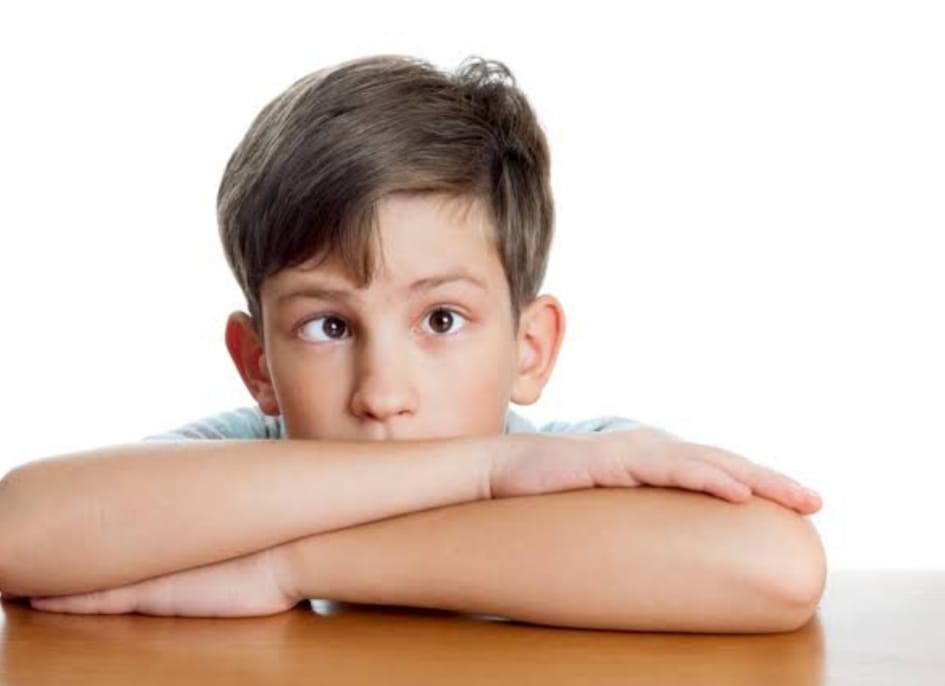
What Is Lazy Eye Or Amblyopia? Know Symptoms And Treatment
Amblyopia usually happens in childhood, from birth up to age 7, when something affects how the child’s eyes develop.
What Is Lazy Eye Or Amblyopia?
Lazy eye, also known as amblyopia in medical parlance, is a commonly seen eye disorder in children. It is a type of poor vision in one or both eyes that globally impacts two out of 100 children and prevalence is much higher in rural India. Amblyopia usually happens in childhood, from birth up to age 7, when something affects how the child’s eyes develop. In this disease, there is a disconnect in the way the brain and the eye coordinate together, such that the brain cannot recognize the sight from one eye. Over time, the brain starts depending more and more on the stronger eye. In the process, the vision in the weaker eye gets inferior or lesser than normal vision.
Symptoms of amblyopia
often go unnoticed especially when it is in one eye since with both eyes open, the vision is usually normal. Kids with amblyopia may or may not have trouble understanding how near or far some objects are. parents may notice signs that their child is squinting closing one eye or tilting their head while reading. This undetected problem can be prevented if the child has a vision test between the ages of 3 and 5. If this goes unnoticed and untreated in childhood, the vision loss typically becomes permanent. Such people will have to live with one eye weaker vision throughout life and if amblyopia is in both eyes, they can have difficulty reading newspapers, seeing the text on television, as well as seeing road signs.

If amblyopia is caused due to a spectacle power problem, the doctor will treat that first. For example, an eye care practitioner may recommend glasses (for nearsighted or farsighted kids). Then, they will train the brain and force it to use the weaker eye by patching the stronger eye for a few hours every day. While this works for many children, it causes tremendous
inconvenience for the child, due to which in some cases, it does not cure the condition completely. The treatment of patching is almost ineffective in adults or when the critical period of a child’s eye development is over. A new therapy is now available that enables significant vision improvement in amblyopic children and adults when patching therapy is no longer effective or is also an alternative to patching.

The US FDA has recently approved a new treatment that helps improve the brain and eye connections to improve vision. Contrary to the previous treatments, which only focus on the eye, this one considers the human physiology of vision to train the brain. It has been clinically tested and proven, too. We have started treating patients above the age of nine years and adults successfully with this new treatment and are pleased to be able to offer this new therapy that benefits our patients.





 click and follow Indiaherald WhatsApp channel
click and follow Indiaherald WhatsApp channel